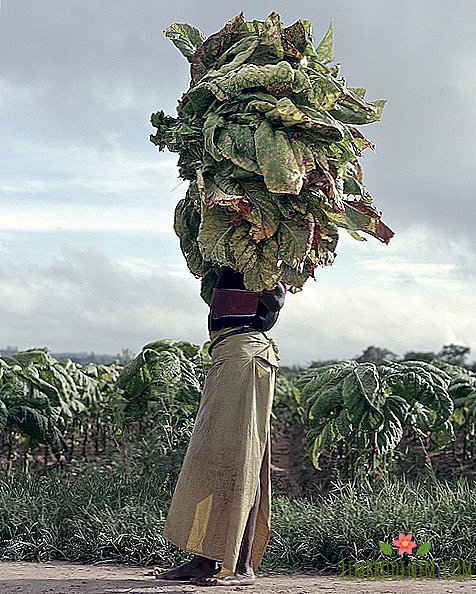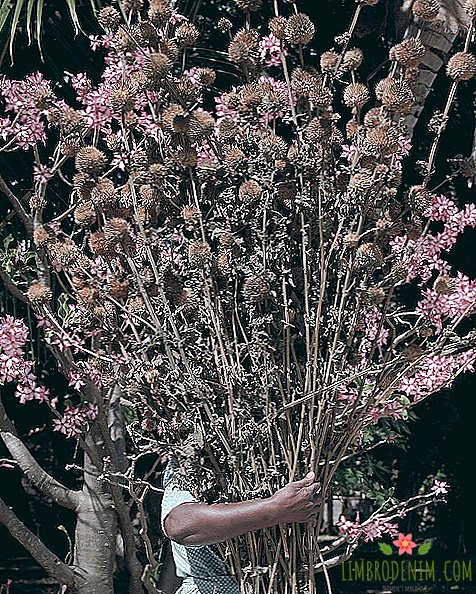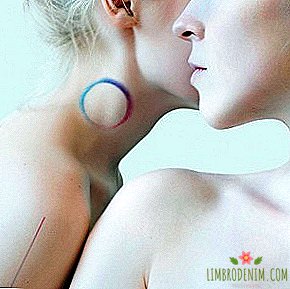"Terrain": Imperfect labor of African peasants
EVERY DAY PHOTOGRAPHERS AROUND THE WORLD looking for new ways to tell stories or to capture what we previously did not notice. We choose interesting photo projects and ask their authors what they wanted to say. This week is the "Terrain" series by American photographer Jackie Nickerson, who now divides her time between Ireland and South Africa. Nickerson began working on changing the image of Africa in the mid-1990s, and in her last series she tries to draw attention to important debates about how we produce what we eat and how unsafe it all is.
In 1996, I began photographing workers at a farm in Zimbabwe: I wanted to break the stereotype that African peasants are powerless and out-of-date people. The resulting series "Farm" emphasized the uniqueness and beauty of the clothes made by farmers by hand - and thus their personality, individuality and, ultimately, modernity.
In the Terrain series, I explore the role that farmers play in the production of agricultural products and their transformation into commodities. I explore how people, nature and tools work, how we change the environment and how, in turn, it changes us.
One of the farm workers, Oscar, pushed me to the idea of people-sculptures: he stood sideways to me, and I immediately realized that this was the most capacious and expressive pose. I began to observe the farmers, literally buried under the fruits of their labor, how the “product” replaces a person, crush him, and I realized that such an image says a lot. I knew only one thing for sure: these portraits should recreate, not create this image, and that farmers should be involved in the process of filming - in general, it was reality that served as inspiration, not fantasy. Each photo in the series demonstrates a very specific part of the labor process; it is not just a performance or performance. For the people depicted in the pictures, this is not a one-time action - this is part of their daily routine.
It seems to me that Africa is shackled by two bloated stereotypes: about urban poverty and rural wildness. I would like to refute this fallacy with pictures that make you think about the value of work, show people who grow food that we eat afterwards. This is where a very important question about human rights arises. How to change our perception of working people? How to adequately show the person you are photographing? Inevitably, the balance of power in the relationship between the photographer and the model, and then between the model and the spectator, comes into play. We feel discomfort when we do not see the face of the person in the picture. It does not occur to us that this is a conscious decision of the person being photographed not to play by the rules, not to be the object of scrutiny or pity. I very much hope that this series can become an element in the ethical discussion about labor and power, about how people become part of the commodity circulation process, about the invisibility of labor and the empowerment of the manufacturer compared to the consumer.


















www.jackienickerson.com





